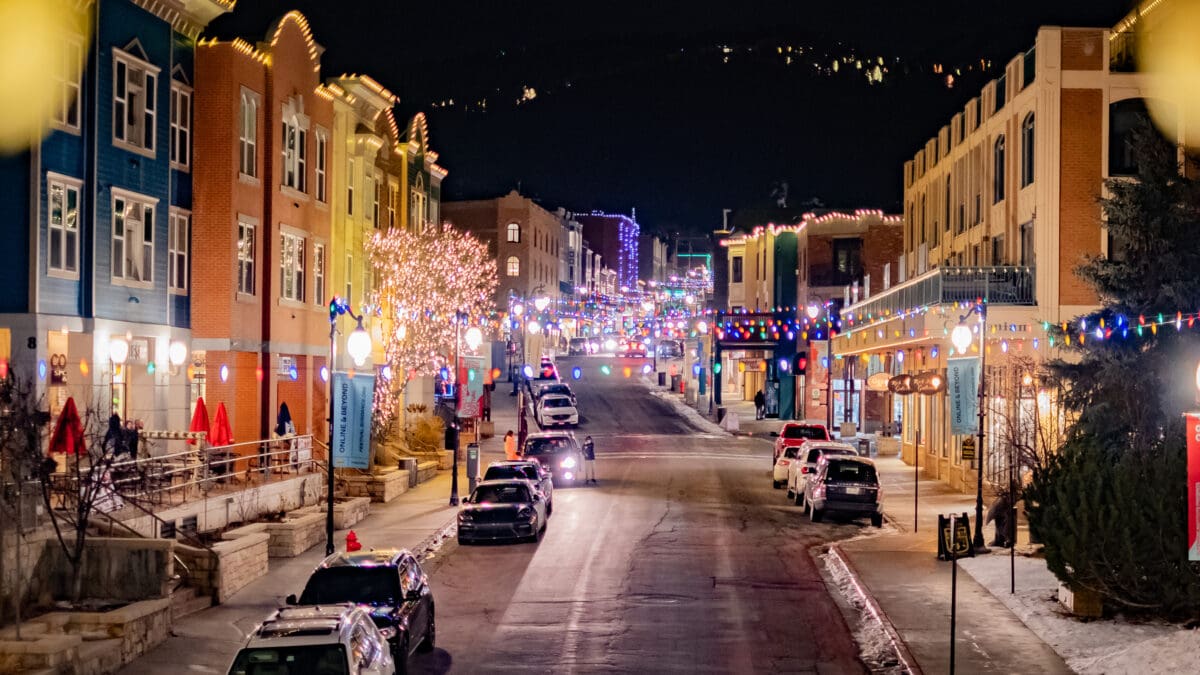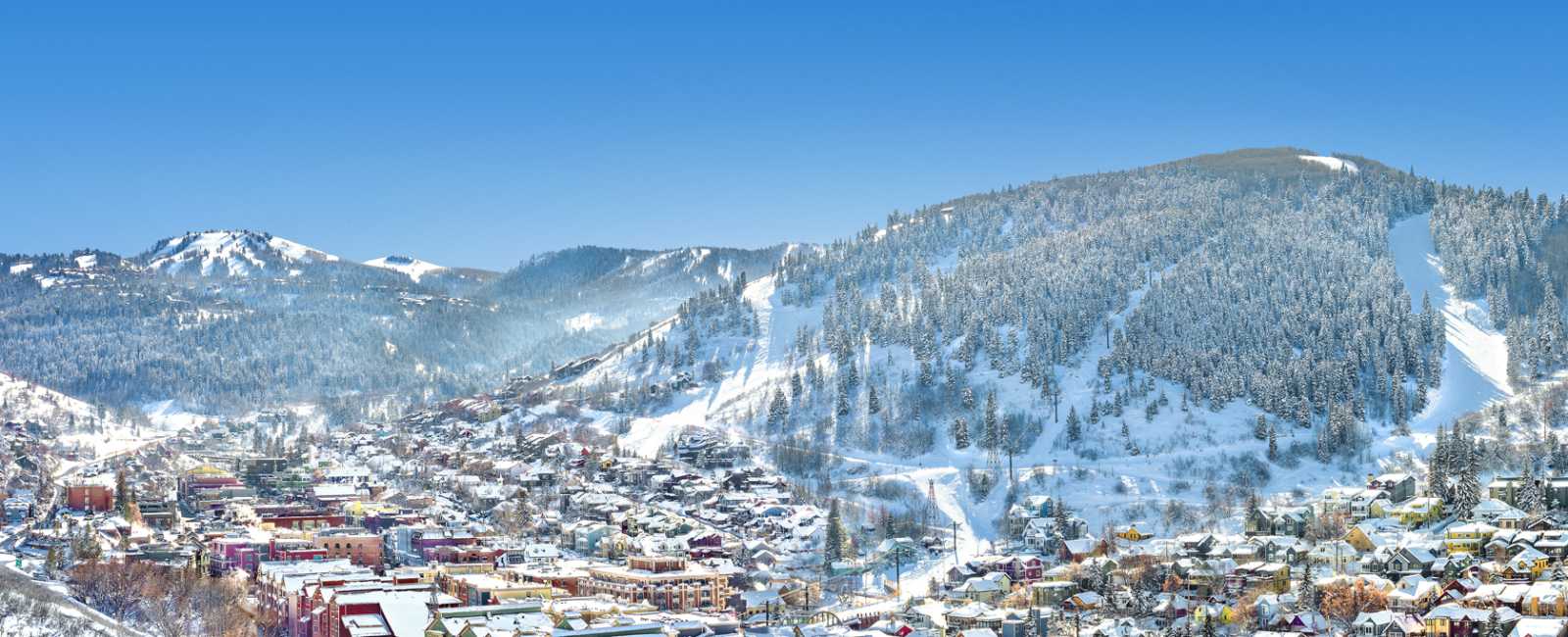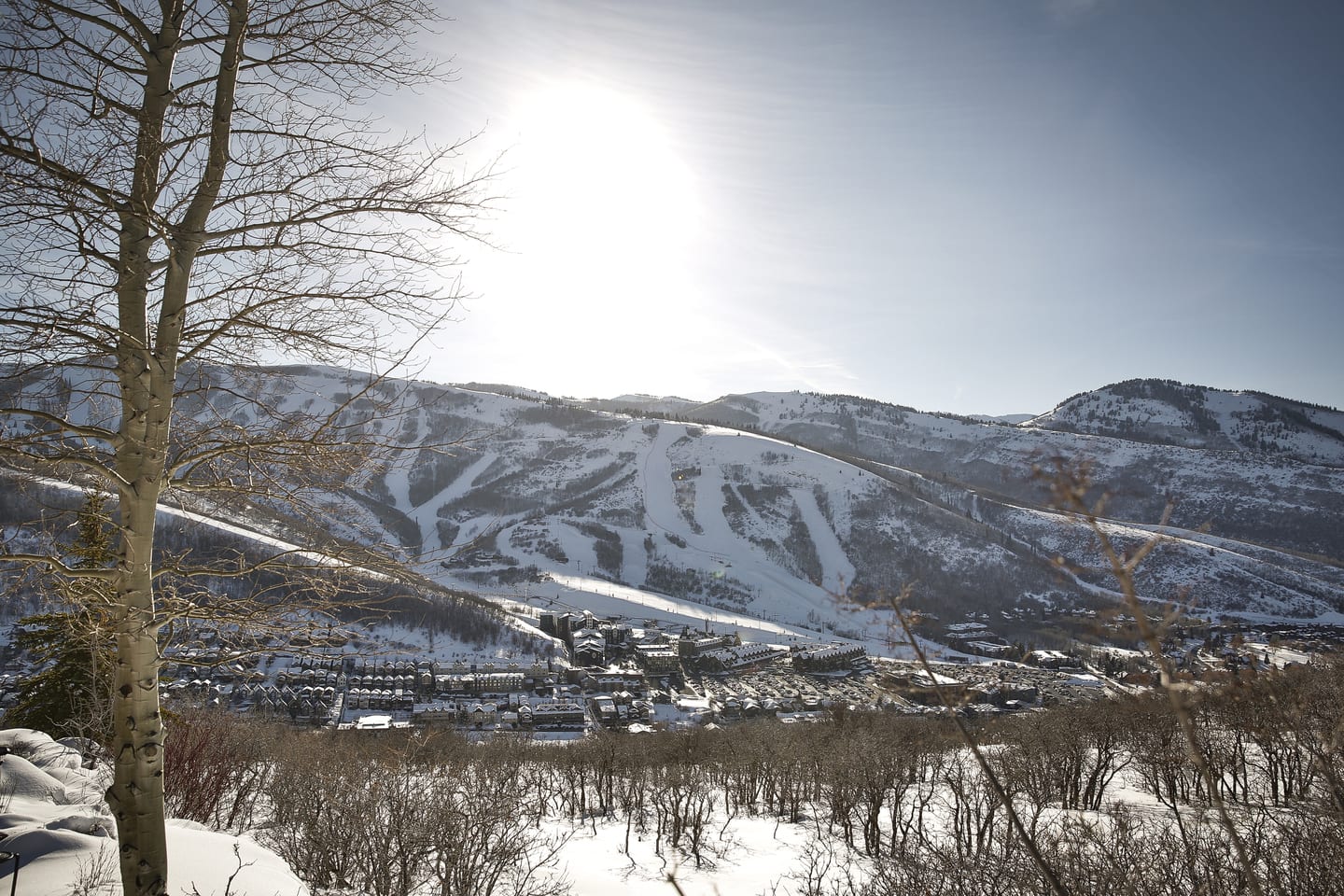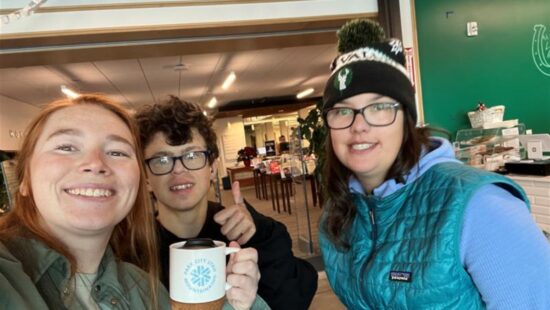Sponsored
It takes a village — and a few visitors, too: How tourism dollars power everyday life in Park City and Summit County

Photo: Park City Chamber/ Bureau
PARK CITY, Utah — Visitors who come to ski, bike, dine, and explore Park City and Summit County not only create lasting memories but also contribute significantly to the community’s funding. According to County Manager Shayne Scott, approximately 65% of all sales tax revenue in Summit County is generated by nonresidents. This amounts to roughly $18 million per year, in addition to another $16.5 million from the Emergency Services Sales Tax.
Nearly 100% of the county’s $18 million Transient Room Tax (TRT), collected from short-term stays such as hotels, Airbnbs, and vacation rentals, is also paid by visitors. The county allocates two-thirds of these TRT funds to the Park City Chamber to support tourism promotion and community programs.
“These revenues are reinvested in visible and measurable ways,” Scott said. “They help fund trails, recreation facilities, open spaces, and provide grants to municipalities and nonprofits.”
Recent changes in state law now permit the county to use TRT dollars to address the impacts of tourism. This includes funding for search and rescue operations, solid waste and recycling services, fire and emergency medical services, road maintenance, and law enforcement. “This ensures that local tax dollars continue to benefit county residents,” Scott added.
Visitor Revenue Fuels Local Services
Visitors generate most of the sales tax revenue that funds essential services — from snow removal and free public transit to recreation, public safety, and infrastructure. “Their spending translates directly into 75 to 85 cents of every local tax dollar,” senior transportation financial and data analyst Robbie Smoot said.
Smoot added that visitors alone make up about 75% of the city’s daily population, rising to 85% when commuters are included. He noted that 72% of Park City’s taxable property value comes from second homes, compared to 20% from primary residences and 8% from commercial properties. “These dynamics allow the city to keep taxes lower for full-time residents while maintaining a high level of service,” Smoot said.
Visitor-based revenues also help fund major community projects. Recent investments include the new Community Center Building at City Park, which expands space for year-round programs and gatherings, and upgrades at the Municipal Athletic and Recreation Center (MARC) — from new aquatic facilities to renovated locker rooms and gym space. In addition, the Resort Communities Sales Tax, available only to designated resort towns, supports public-private housing partnerships and walkability projects such as the Homestake Improvement Project.
Balancing Growth and Sustainability
As the county deals with growth and increased visitation, Scott emphasized the importance of balancing economic benefits with housing, transportation, and environmental impacts. “Tourism is responsible for two of the largest employers in the county,” he noted. “While increased visitation brings challenges, it also provides the resources to manage them.”
Open space remains a high priority for residents, he added, and visitor spending plays a direct role in preserving it. “Major resident initiatives such as the preservation of open spaces would not be possible without TRT and other visitor spending that can be used on the acquisition and long-term maintenance of these spaces,” Scott said. “Major acquisitions such as the Ure property in South Summit and the 9-10 Cattle Ranch near Jeremy Ranch will be maintained in perpetuity with a combination of various taxes — most of which are paid for by visitors.”
He also mentioned initiatives such as Sustainable Tourism efforts by the Park City Chamber, deed-restricted affordable housing goals, and expanded transit options as crucial steps toward maintaining equilibrium as visitation continues to rise.
Park City’s annual budgeting process reflects a similar balance. “The Council’s core principle is to reconcile the realities of our tourism economy with the quality of life for residents,” Penny Frates, assistant budget director, explained. Essential services like public safety, infrastructure maintenance, and recreation are primarily funded through the General Fund, which consists of a stable mix of property taxes, general sales taxes, and fees. In contrast, visitor-based revenues such as TRT and transit sales taxes are strategically directed toward capital projects and services that mitigate the effects of tourism.
Shared Investments, Shared Benefits
Both Park City and Summit County emphasize collaboration to ensure that tourism revenue strengthens long-term community resilience. The county partners with Park City and the Chamber on various projects, including Bus Rapid Transit (BRT), solid waste and recycling initiatives, senior services, affordable housing, bikeshare programs, sustainable tourism, and nonprofit grant programs, which are primarily funded by visitor-generated taxes.
Residents might be surprised by how directly these visitor dollars enhance local life. Hans Jasperson, budget, debt and grants analyst, highlighted the Summit County Restaurant Tax Grant Program, which funds projects that promote tourism while benefiting locals — from historic preservation at the Silver King and Thaynes mines to recreational infrastructure such as bridge replacements on the McLeod Creek Bike Path, custom bike racks for Bonanza Flat Trails, and winter grooming equipment for Round Valley.
“These investments improve access to trails and open spaces, preserve local history, and enhance community gathering spaces,” Jasperson said. “They demonstrate how tourism revenue can provide broad and lasting benefits for residents.”
Looking ahead, Scott noted that cooperation and planning will be essential as Summit County prepares to welcome the world once again for the 2034 Winter Olympics. “Where 2002 was about introducing ourselves to the world, we are now known,” he remarked. “In 2034, for me, it’s about how we showcase who we are — providing an incredible visitor experience while enhancing the quality of life for everyone who calls Summit County home.”




















